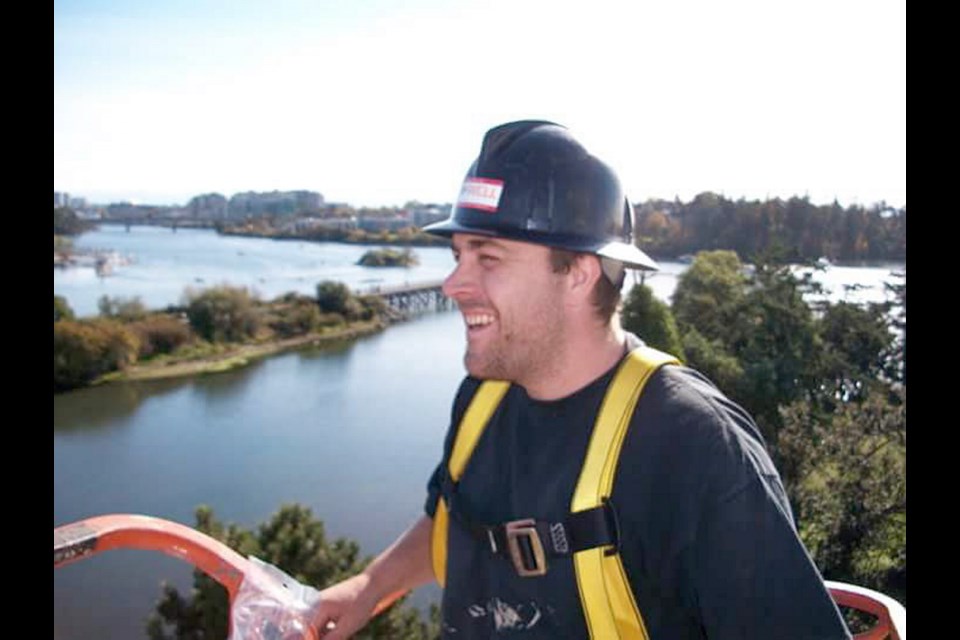The night before Richard (Ricky) Scott died from an overdose, he was lying on the floor next to his seven-year-old daughter, watching cartoons on television at a Saanich home.
It was March 4. “They fell asleep. His ex was on the couch,” said Scott’s mother, Tracy Morettin. “Around 6:30, 7 in the morning, his daughter got up and felt her dad was cold. She put a blanket on him, got a bowl of cereal. When he wouldn’t wake up, she told her mother.”
He was dead.
Morettin said her son died from a suspected overdose of fentanyl-laced cocaine that was likely smoked. “Ricky was not an injection drug user,” she said. “He was a great dad and a person who didn’t deserve this.”
Scott, 33, was one of 21 people on the Island who are known to have died from a drug overdose in March. According to statistics the B.C. Coroners Service released Wednesday, March was the third-highest month for overdose deaths in the province, with 120 deaths.
“This is clearly still very much out of control,” said Dr. Richard Stanwick, chief medical officer for Island Health.
There have been 60 such deaths on the Island so far this year.
“On the street level, we’ve had success with overdose-prevention sites and naloxone [an injectible antidote to an opioid overdose], but we certainly need to work [out] a way to reach people using [drugs] in private dwellings,” Stanwick said.
More than half of overdose deaths happen in private residences, the Coroners Service said. People between the ages of 30 and 49 account for most of them. Men account for 82.7 per cent of the deaths.
New information from the Coroners Service drug-investigation team revealed cocaine was the most prevalent drug found in overdose deaths from 2015 to 2016. It was present in 48.8 per cent of deaths, with fentanyl, heroin and methamphetamines/amphetamines the next highest.
“We are starting to realize that many more people are using illicit drugs than the public ever imagined,” said chief coroner Lisa Lapointe. “It’s been hidden. It’s kind of a shame thing. We need to change that, to show it’s a medical issue. That shift has to happen to help people.”
She said the sharp increase in deaths correlates to the presence of fentanyl and its potent analogues in recent years.
Morettin said her son had struggled with drugs since his 20s, but kept the extent of his addiction from his family and friends.
“He said a week and a half before he died: ‘Mom, I’m desperate to get help. It’s a lot worse than I’ve said. I’ve never stopped using,’ ” she said. “I thought he’d been clean a long time.”
Morettin said she knew he might have slipped again. She has six children and they talk.
Her son walked out of a detox program shortly before he died. But he still worked as a carpenter and wouldn’t miss a weekend visit with his daughter, she said.
“He wanted people to think he was doing good and he really wanted his family together. He was so afraid of losing that,” she said.
Morettin said her son’s death has crushed her. “I don’t eat. I have no light in my life. It’s something I don’t know how to take in,” she said, adding she has joined a Facebook support group for families who have lost loved ones to fentanyl. She said she wants to be an advocate and speak to school children about the dangers of drug and alcohol use.
“I want them to see the Ricky who loved hockey and life, and his daughter. To hear what happened,” she said, expressing the hope that other families speak out and that other drug users get help.
“The best thing you can do is be honest. Your loving mother, parents, brothers and sisters are not going to turn away. They can help you.”



